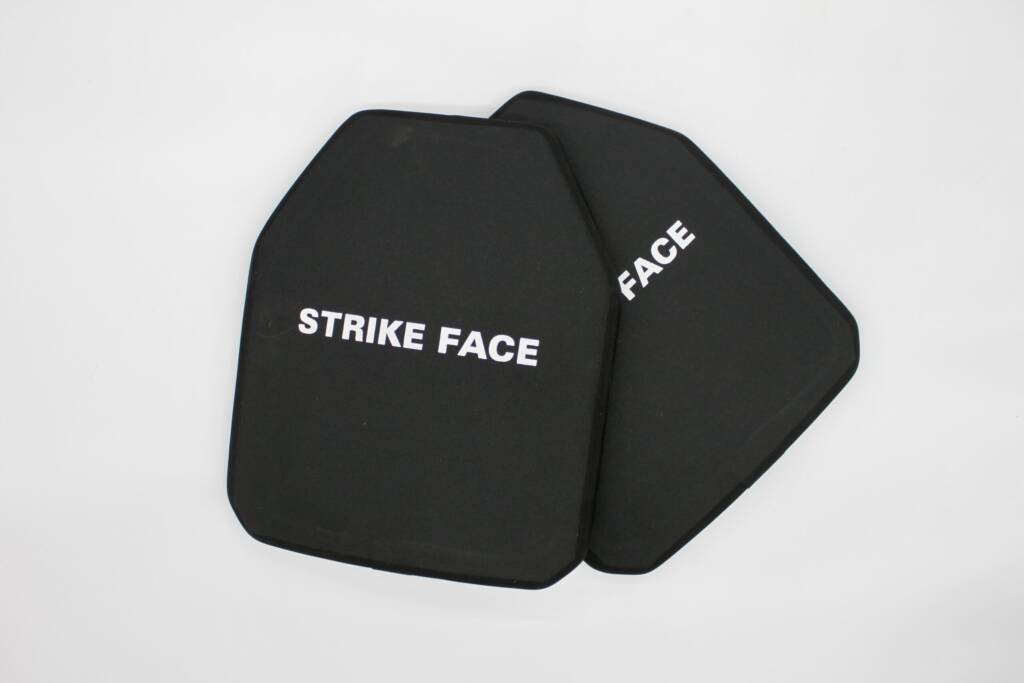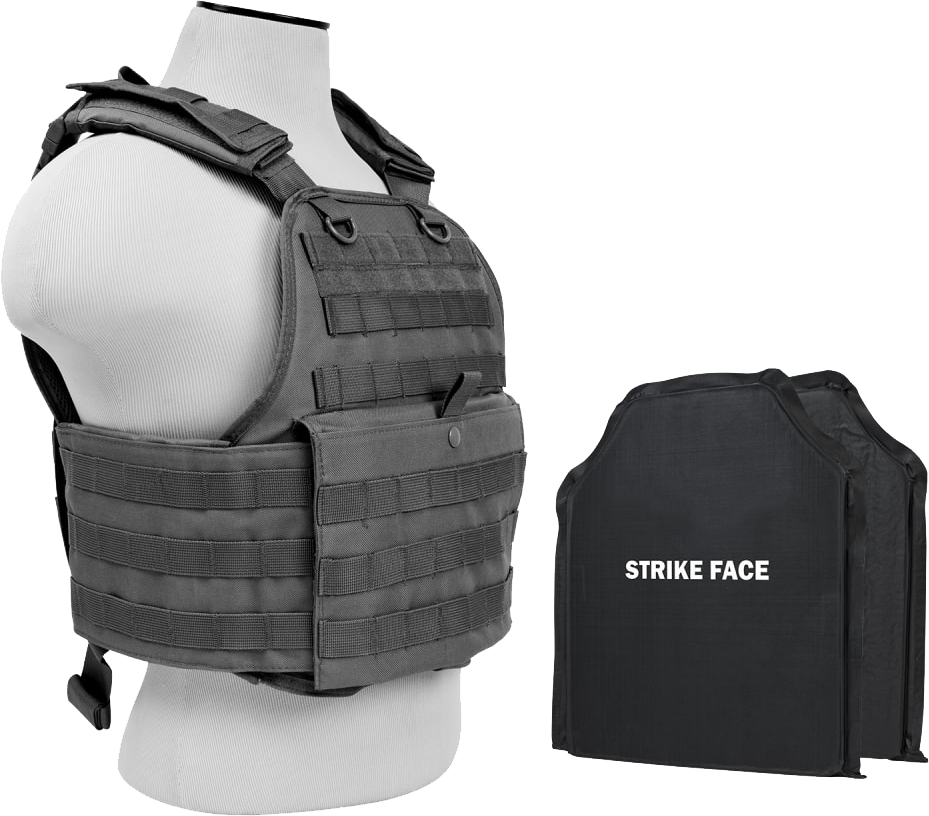Armor plates are crucial components in ballistic protection systems, used in military, law enforcement, and civilian contexts. They come in two main types: hard and soft armor plates. Here’s a breakdown of their content and characteristics
Hard Armor Plates:
Materials:
- Ceramic Plates:
- Alumina (Aluminum Oxide)
- Silicon Carbide
- Boron Carbide
- These materials are favored for their hardness and ability to shatter projectiles upon impact, dissipating their energy.
- Steel Plates:
- Made from hardened steel alloys.
- Heavy but highly effective at stopping high-velocity rounds.
- Polyethylene Plates:
- Ultra-high-molecular-weight polyethylene (UHMWPE).
- Lightweight and effective against high-velocity threats, though thicker than ceramic or steel plates.
Characteristics:
- High Protection Level: Capable of stopping rifle rounds and higher-caliber projectiles.
- Weight: Generally heavier than soft armor, though advanced materials like polyethylene offer lighter options.
- Thickness: Thicker than soft armor due to the need to stop higher velocity projectiles.
- Durability: More resistant to wear and environmental conditions compared to soft armor.


Soft Armor Plates:
Materials:
- Kevlar:
- A synthetic fiber known for its high tensile strength-to-weight ratio.
- Commonly used in body armor and helmets.
- Twaron:
- Similar to Kevlar, it is a para-aramid fiber used in ballistic protection.
- Dyneema:
- A brand of ultra-high-molecular-weight polyethylene (UHMWPE) fibers.
- Lighter than Kevlar and used in soft body armor applications.
- Spectra:
- Another type of UHMWPE fiber, offering similar properties to Dyneema.
Characteristics:
- Flexibility: Allows for greater mobility and comfort, ideal for extended wear.
- Weight: Generally lighter than hard armor plates.
- Protection Level: Effective against handgun rounds and shrapnel, but not suitable for high-velocity rifle rounds.
- Thickness: Thinner and more easily concealable under clothing.



